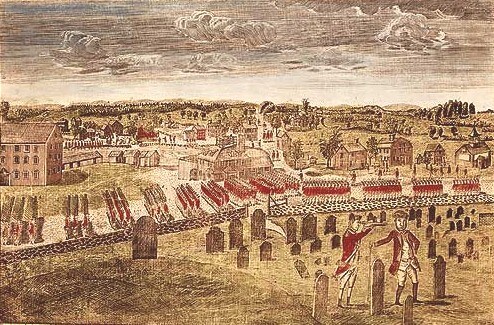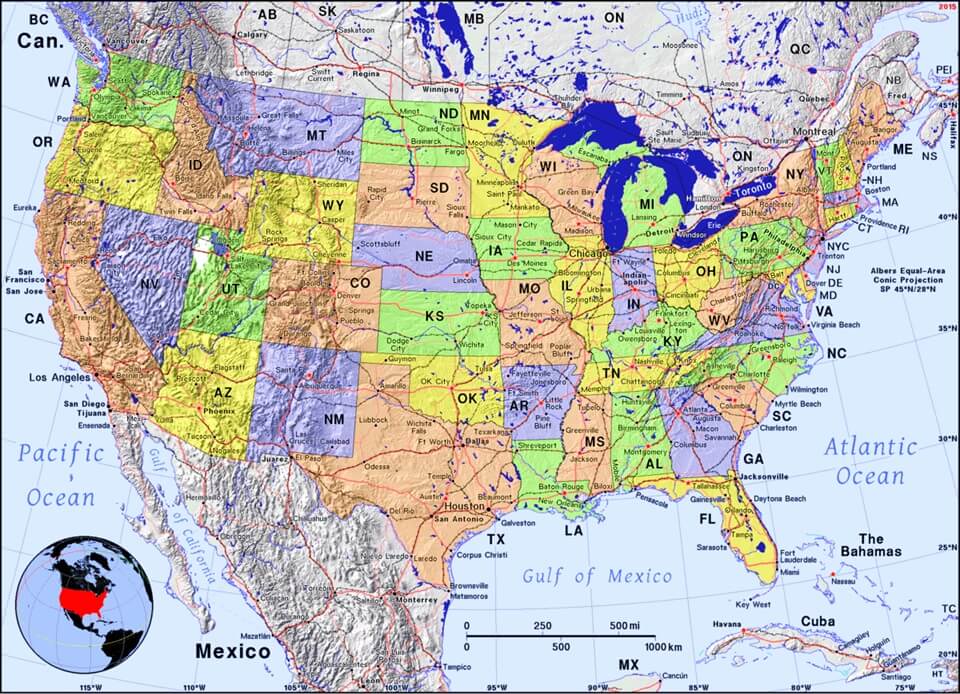 Literary Devices
Literary Devices
Literary Devices
Literary Devices

 Literary Devices
Literary Devices
Literary Devices
Literary Devices

Study the poem for one week.
Over the week:
Poets often use literary devices, defined as 'rules of thumb, convention, or structure that are employed in literature and storytelling.'
The nine literary devices we'll study include:
Hyperbole is a literary device whereby an author makes a deliberate or unintentional overstatement.
Activity 1: Recite Poem Information
Recite the title of the poem and the name of the poet.
Activity 2: Study the Poem Picture
Study the poem picture and describe how it relates to the poem. How does the image differ from the poem?

Activity 3: Recite the Poem
Practice reciting the poem aloud.
Activity 4: Identify Hyperbole in the Examples
Read aloud the examples below and identify the hyperboles.
Activity 5: Identify the Rhyme Scheme
Review the poem and identify the pattern of its rhyming scheme. (e.g. ABBACDCD, etc.)
Activity 6: Identify Alliteration
Review the poem and point out any instances of alliteration.
Activity 7: Map the Poem
Find the state of Massachusetts (MA) on the map of the United States.

Find the capital city of Boston and the city of Woburn (Concord is slightly to the west) on the map of Massachusetts.

Activity 8: Identify Hyperbole
Review the poem excerpt and identify the instance of hyperbole.
Activity 9: Complete Book Activities
